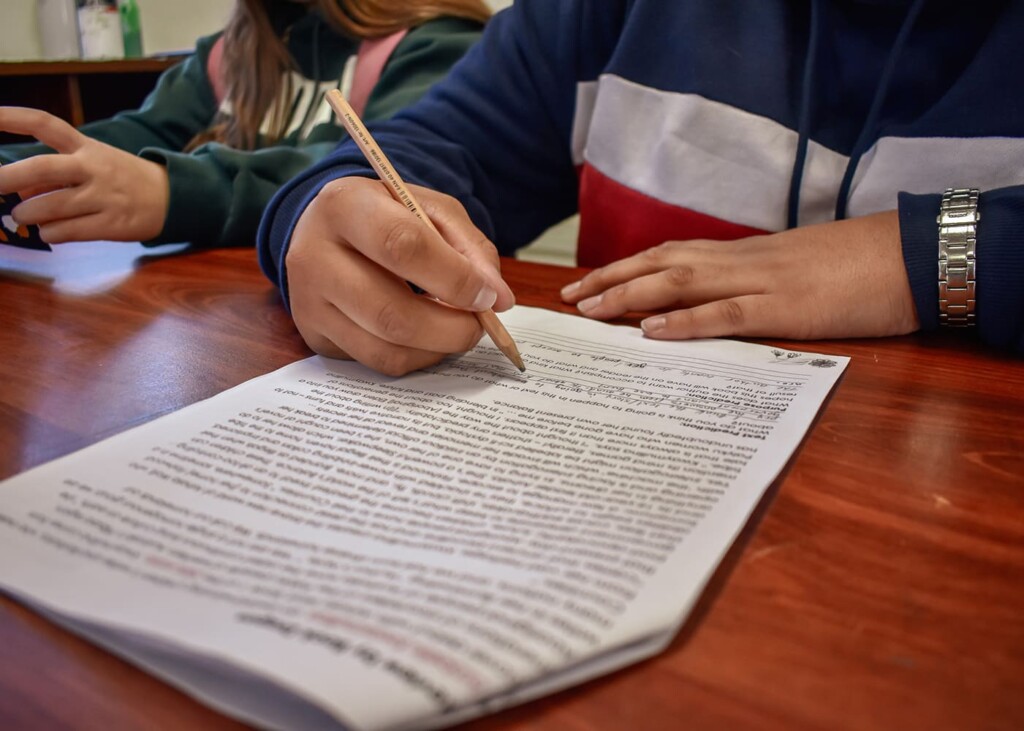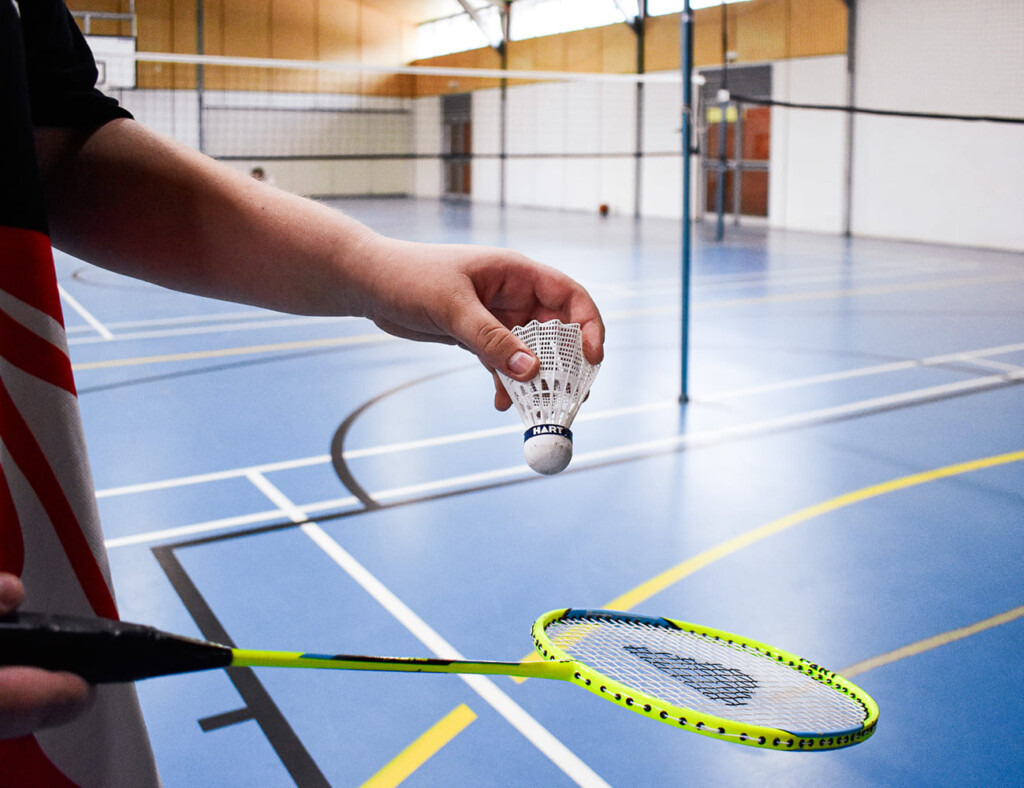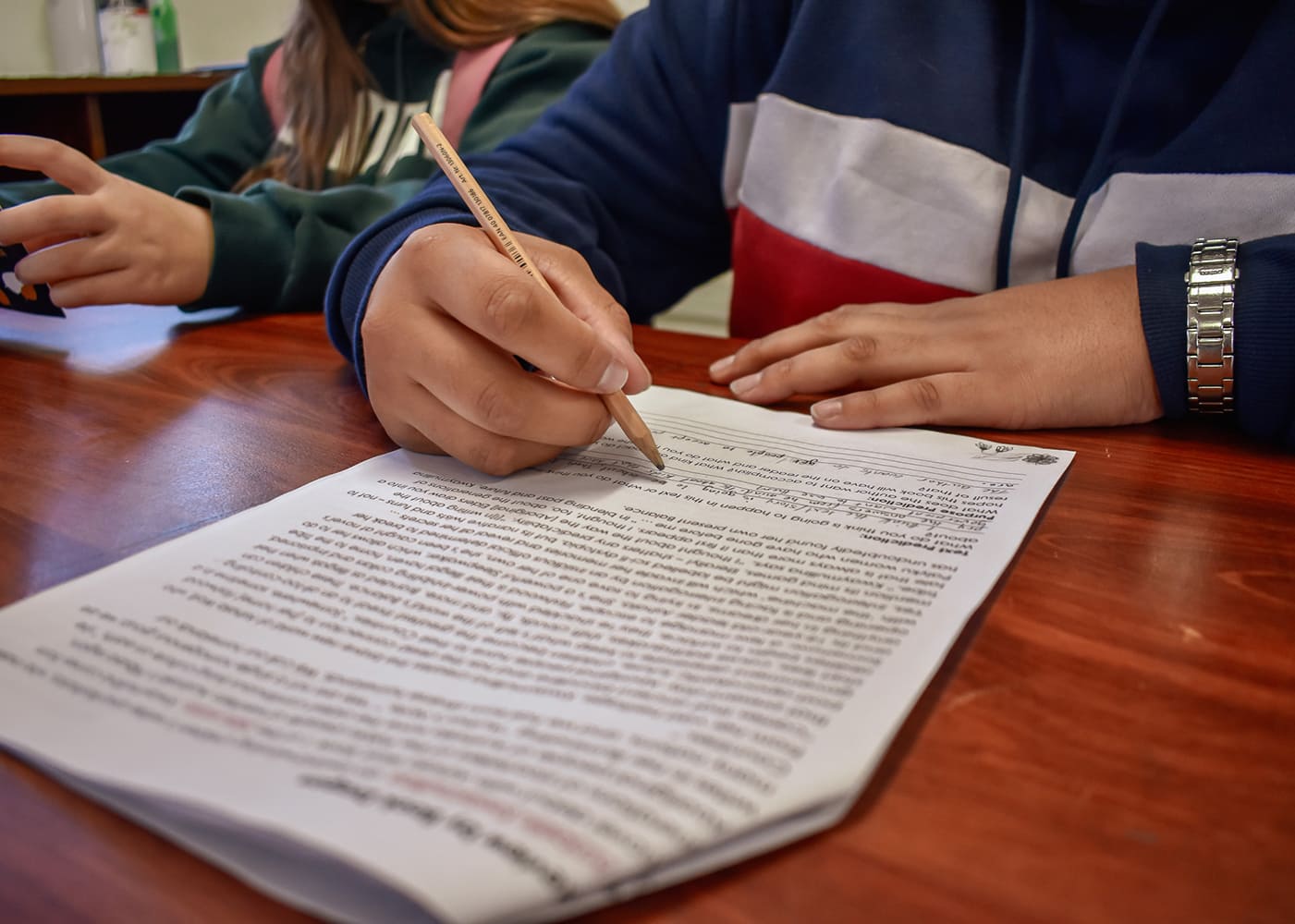
In recent years, there has been a growing emphasis on creating inclusive learning environments and supporting students with diverse needs. Special schools and inclusive learning frameworks have emerged as pivotal components of this shift, aiming to ensure that every child has access to quality education tailored to their abilities and aspirations.
Let’s explore what special schools and inclusive learning offer, how they differ, and why they matter for Australian families.
What Are Special Schools?
Special schools are educational institutions designed specifically for students with disabilities or additional learning needs. These schools offer tailored programs, resources, and support to address the unique challenges faced by their students. From physical disabilities to cognitive impairments, special schools cater to a broad spectrum of needs, creating a safe and nurturing environment where students can thrive.
Key Features of Special Schools
- Specialised Staff: Teachers and support staff in special schools are trained to work with students who have specific needs. They use strategies and techniques that are effective for students with disabilities, ensuring that learning is accessible and engaging.
- Customised Curriculum: The curriculum in special schools is often adapted to suit the abilities and goals of individual students. This flexibility allows teachers to focus on essential skills, such as communication, independence, and social interaction.
- Therapy and Support Services: Many special schools provide access to on-site therapy services, such as speech therapy, occupational therapy, and physiotherapy. These services are integrated into the school day, ensuring that students receive comprehensive support.
- Smaller Class Sizes: With fewer students in each class, teachers can provide more personalised attention. This setting is particularly beneficial for students who require additional guidance or support.
- Inclusive Community: Special schools foster a sense of belonging, helping students build confidence and develop meaningful relationships with peers who share similar experiences.

What Is Inclusive Learning?
Inclusive learning, on the other hand, refers to the practice of integrating students with diverse needs into mainstream schools. This approach emphasises the importance of accommodating every student’s learning style and ability, ensuring equal access to education within a shared environment.
Principles of Inclusive Learning
- Diversity as Strength: Inclusive learning celebrates diversity, recognising that every student has unique contributions to make. By valuing differences, inclusive classrooms create a rich and dynamic learning environment.
- Universal Design for Learning (UDL): UDL is an educational framework that ensures teaching methods, materials, and assessments are accessible to all students. By designing lessons that cater to a range of abilities, schools can minimise barriers to learning.
- Collaboration: Inclusive learning encourages collaboration between teachers, support staff, parents, and students. This teamwork ensures that every child receives the support they need to succeed.
- Focus on Equity: Rather than treating every student the same, inclusive learning prioritises equity. This means providing additional resources or support to students who face greater challenges, ensuring they have the same opportunities as their peers.
The Benefits of Special Schools
Special schools play a crucial role in Australia’s education system. For students with significant disabilities, these schools offer a level of care and expertise that is difficult to replicate in mainstream settings. Here are some key benefits:
- Tailored Education Plans: Special schools develop Individual Education Plans (IEPs) for each student, outlining specific goals and strategies to achieve them. This personalised approach ensures that students progress at their own pace.
- Safe Environment: For students with complex needs, mainstream schools can sometimes be overwhelming. Special schools provide a safe and controlled environment where students feel secure and supported.
- Specialist Facilities: From sensory rooms to hydrotherapy pools, special schools often have state-of-the-art facilities designed to enhance learning and well-being.
- Sense of Community: Students in special schools often form close bonds with their peers, creating a supportive community where they feel understood and valued.
The Advantages of Inclusive Learning
Inclusive learning offers a different set of benefits, focusing on integrating students with diverse needs into mainstream classrooms. These advantages include:
- Social Integration: Inclusive classrooms promote interaction between students of all abilities, helping them develop empathy, understanding, and social skills.
- Preparation for the Real World: By learning alongside peers with diverse abilities, students in inclusive settings gain valuable experience that prepares them for life beyond school.
- Increased Awareness: Inclusive learning fosters awareness and acceptance of diversity within the broader school community, challenging stereotypes and reducing stigma.
- Shared Resources: Mainstream schools often invest in resources and training to support inclusion, benefiting all students.

The Future of Education
The landscape of education in Australia is evolving, with a growing focus on inclusion and accessibility. As society continues to embrace diversity, the lines between special schools and inclusive learning may become increasingly blurred. Collaborative models that combine the strengths of both approaches could pave the way for a more inclusive and equitable education system.





